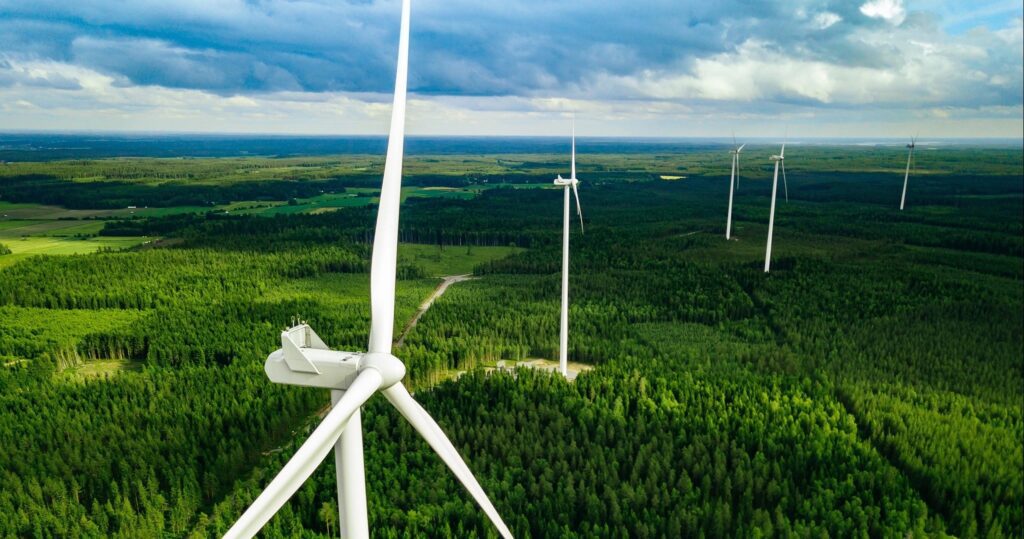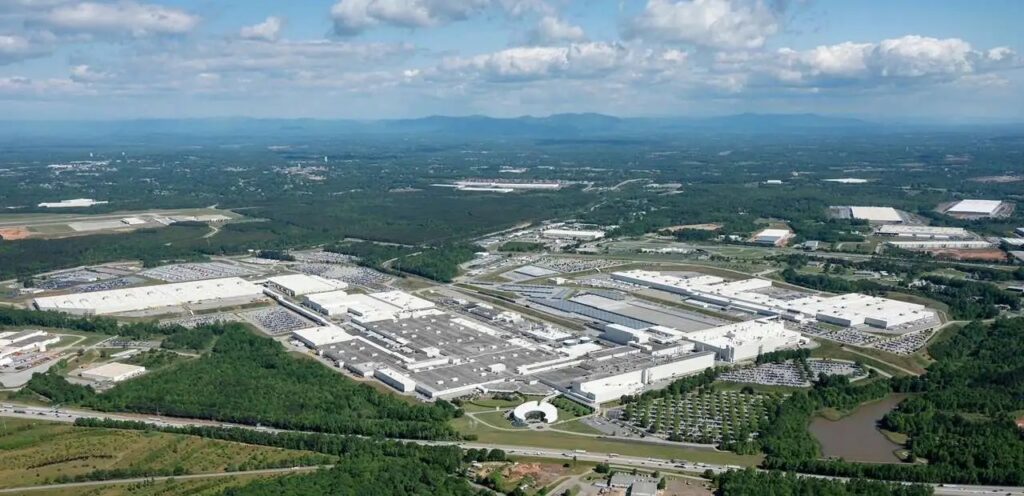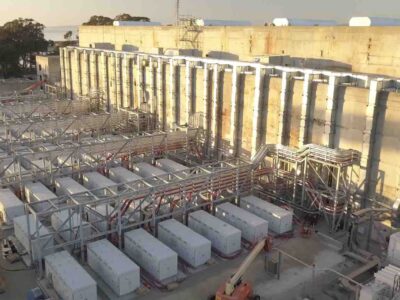Wall Street Embraces Clean Energy Investments Tied to the Inflation Reduction Act
Wall Street doesn’t usually react well to news of new legislation with a hefty price tag. When this kind of thing happens, the stock markets almost always turn south.
But the opposite occurred last August when the Inflation Reduction Act (IRA) was signed into law. News that the IRA would be approved sent the stock market up nearly 10% —despite the fact that the bill included tax-and-spend provisions Wall Street usually fears.

One reason investors reacted differently to the IRA is that it was seen as a boon to the U.S. economy, promising both jobs and corporate incentives to expand clean energy initiatives.
The bill included $369 billion in domestic renewable energy production and manufacturing investments designed to bolster various sectors of the economy. These investments range from energy efficiency and electric vehicle (EV) infrastructure to clean transportation, carbon capture, and green hydrogen.
JP Morgan analysts issued an early report saying that the bill offers a “long-term boost for a long-term investment theme” centered around the adoption of clean energy – all while reducing greenhouse gas emissions. A separate research note published by Credit Suisse predicted that the bill would “have a profound effect across industries in the next decade and beyond,” The Atlantic reported.

A few weeks later, Goldman Sachs analysts suggested that the bill provides numerous opportunities that environmental, social and corporate governance (ESG) investors typically miss, especially in terms of battery storage, energy-efficiency solutions, green hydrogen, and carbon capture and storage.
“ESG funds have historically been very overweight in solar, wind, and water, and certainly, as we’ve highlighted, the IRA is very supportive for solar and wind,” Goldman analyst Brian Singer told Bloomberg. “But it also provides more tailwinds for companies throughout the supply chain.”
Less than two months after the IRA became law, about $28 billion in new green manufacturing investments had already been announced in the U.S. according to Forbes. These mainly involved the electric vehicle, battery, and solar manufacturing sectors. Since then, billions more have been invested.
BMW announced a nearly $2 billion investment in South Carolina late last year to expand its existing EV plant and build an additional battery plant nearby, the Financial Times reported. Separately, Freyr Battery announced a $1.7 billion initial capital investment in Georgia for a clean battery plant.
As of late January 2023, at least 20 new or expanded clean energy manufacturing plants had been announced in the U.S. since the IRA passed, according to the American Clean Power Association.

These kinds of investments are expected to have a major impact on hiring, which is music to Wall Street’s ears.
Over a 10-year period, the IRA will generate an average of about 912,000 jobs per year through combined annual public and private investments.
Energy Innovation, an energy and climate policy firm, projected that the legislation could increase the GDP by nearly 1% in 2030 and the has been described as “arguably the most important year in United States climate action.”
This legislation could help power an energy revolution in the U.S. Sunrun CEO Mary Powell, told Forbes in an interview that the IRA’s impact could fundamentally change how Americans power their homes.
“The IRA will help generate hundreds of thousands of new, good-paying jobs across the country,” she said. “We also expect it will lead to more collaboration between clean energy providers, utilities, and policymakers to make clean, affordable, and reliable energy more accessible to households everywhere.”





